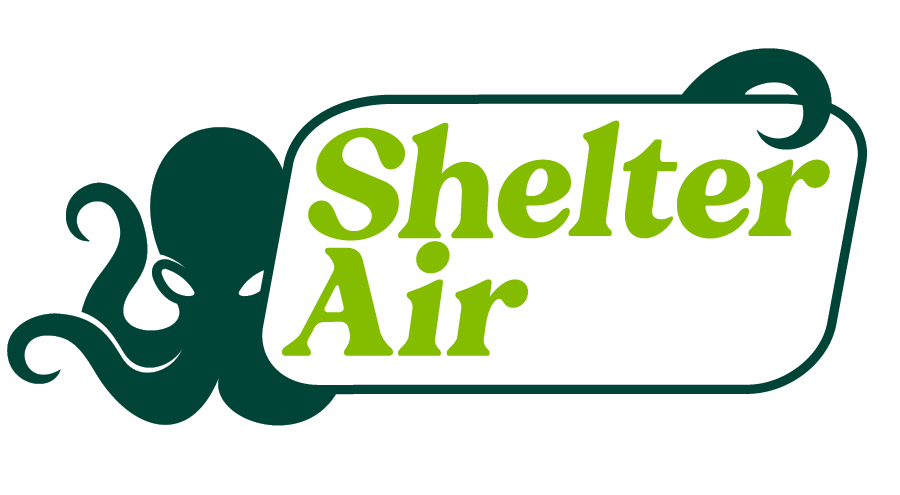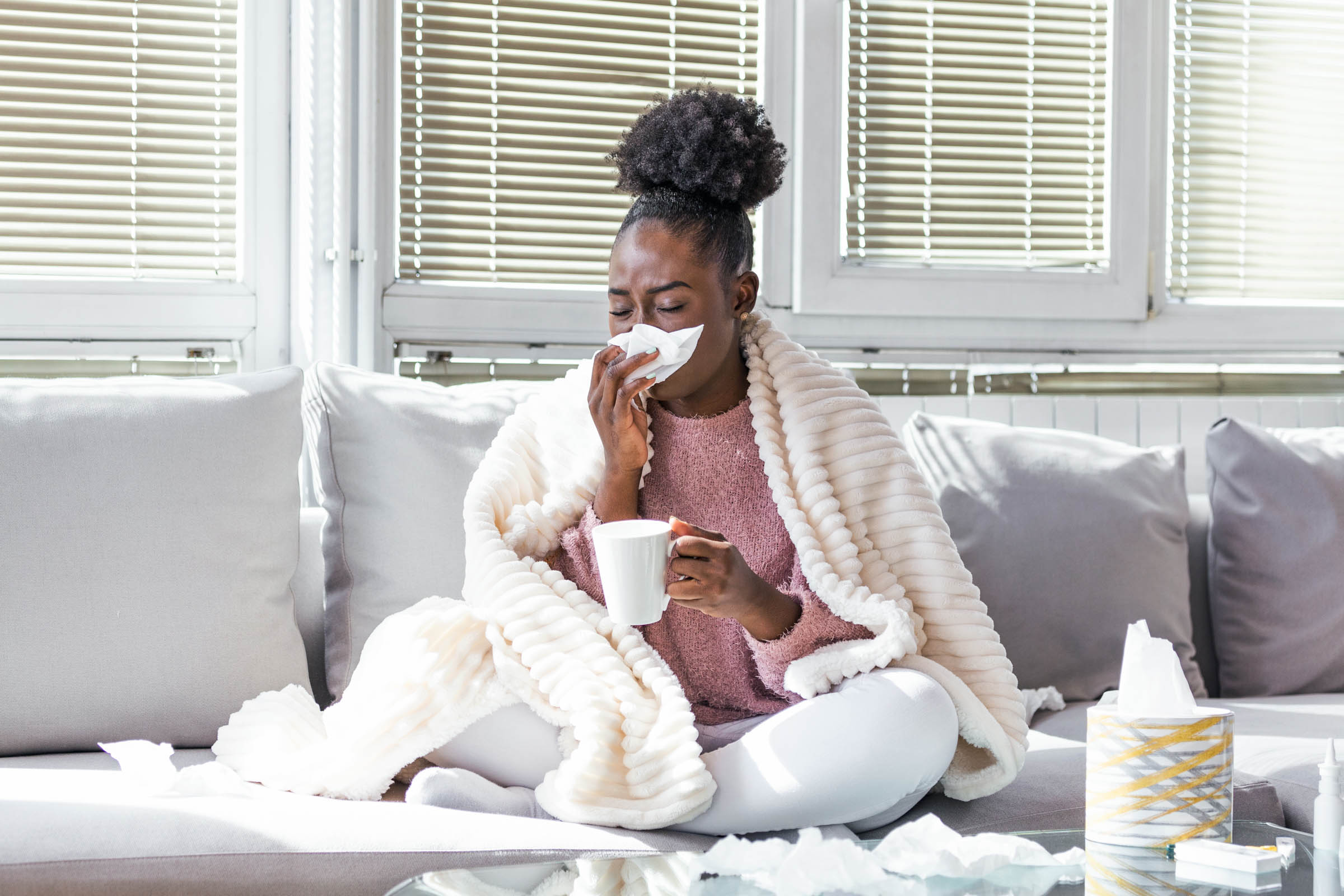Flu season is a term we often hear, but its timing can vary annually. Generally, we begin to see an increase in flu cases starting in early October, which marks the onset of what we consider to be “flu season.” This season typically peaks between December and February, coinciding with lower humidity levels, which fall outside the optimal Healthy Humidity Zone (40–60%).
However, the flu isn’t the only concern during this time. Winter months also bring other respiratory viruses, such as Respiratory Syncytial Virus (RSV), to the forefront. RSV is particularly noteworthy for being a leading cause of severe respiratory issues in both young children and the elderly. This broadens our scope of vigilance beyond just the flu to encompass RSV prevention as well.
Exactly When is Flu Season?
Pinpointing the exact duration of flu season is challenging due to various factors like flu virus transmission rates, humidity fluctuations, and the presence of other viruses like RSV. Moreover, the ongoing impact of COVID-19 has further complicated the predictability of flu and RSV seasons, and the implications of global warming may also be influencing these patterns.
Understanding these respiratory illnesses and adopting preventive measures can significantly aid in combating these viruses during the colder months.
Key Distinctions Between Flu and RSV
It’s crucial to differentiate between flu and RSV to protect yourself and others effectively:
Flu Insights:
- Transmission: The flu spreads through droplets from coughing, sneezing, or talking, with the highest contagion in the initial days of illness.
- Symptoms: Flu symptoms include fever, cough, sore throat, body aches, fatigue, and headaches.
- Vulnerability: While anyone can get the flu, a study that the CDC conducted found that children under 18 are particularly susceptible compared to adults over 65. Vaccination is recommended for all age groups.
RSV Insights:
- Transmission: RSV is transmitted in a similar manner to the flu and can survive on surfaces for hours, increasing infection risk.
- Symptoms: Common RSV symptoms are runny nose, wheezing, fever, sneezing, and coughing, with infants showing distinct signs like irritability and breathing difficulties.
- Vulnerability: RSV can affect anyone, but the very young and the elderly are at higher risk, especially for severe outcomes.
By being informed about these viruses, their spread, and symptoms, we can better protect ourselves and our communities during these challenging seasons.
Ways to Prevent the Flu:
The Silver Lining in Shielding Against RSV and Flu This Season
Even though the threats of RSV and flu loom large, proactive prevention is within our grasp. Over time, we’ve identified several effective strategies to fend off these common respiratory illnesses during their peak seasons.
Embracing Daily Preventative Habits
Good hygiene practices, like thorough handwashing, are fundamental in combating the spread of RSV and flu. Coupled with coughing into your elbow, regular cleaning of shared surfaces, and avoiding close contact with sick individuals, these habits lay a strong foundation for health defense.
Seeking Medical Guidance for Advanced Treatments
Your healthcare provider can suggest specific treatments, including antiviral medications for the flu and monoclonal antibody therapies for RSV, particularly beneficial for vulnerable children.
Committing to Regular Immunizations
Securing your annual flu vaccination, recommended for anyone aged six months and up, is pivotal in lessening the flu’s impact. For adults over 60, receiving the RSV vaccine provides an additional layer of protection.
A Battle Plan for Winter Virus Warfare
While personal hygiene and medical interventions are critical, there’s another key strategy in the virus fight: maintaining indoor humidity levels.
The Role of Humidity in Health and Disease
While high humidity can foster mold growth, too low humidity undermines our defenses against viruses, allowing them to linger and spread. Addressing dry indoor air is essential for reducing both flu and RSV risks.
Turn the Tide on Viruses with Shelter Air
Achieving and maintaining ideal indoor humidity, between 40–60%, creates a less hospitable environment for viruses. Shelter Air’s Whole-House Humidifiers address dry conditions, reducing harmful airborne particles and supporting respiratory health during peak virus months.
Ensuring your home’s humidity is well-managed not only bolsters health but also protects your home’s structure and comfort. Consulting with a Shelter Air Design Engineer can personalize your humidity control strategy, optimizing your living space for health and well-being throughout the virus season.
The onset of cooler weather marks the beginning of more than just the changing leaves; it also signals the start of flu and RSV season. While the challenges of preventing these respiratory illnesses can seem daunting, there are straightforward measures we can take to safeguard our homes and health.
- Everyday Safety Measures:
- Be diligent about washing your hands for a full 20 seconds.
- Practice proper respiratory etiquette by covering your mouth and nose when coughing or sneezing.
- Disinfect common surfaces regularly to kill potential virus particles.
- Avoid close contact with sick individuals to prevent the spread of illness.
- Medical Consultations:
- Talk to your doctor about antiviral medications if you’re at risk of flu.
- Ask about monoclonal antibodies for high-risk individuals during RSV season.
- Vaccinations:
- Get your yearly flu shot, recommended for everyone six months and older.
- If you’re over 60, consider the RSV vaccine for added defense during its peak season.
- Shelter Air Solutions:
- Maintain balanced humidity in your home with a Shelter Air Whole-House Humidifier.
- Keep indoor humidity levels in the ideal range of 40–60% to reduce virus survival.
- Work with a Shelter Air Healthy Air Professional to achieve the best results for your living space.
The key to warding off the flu and RSV lies in a combination of personal hygiene, medical guidance, immunization, and controlling our home environment. Using a Shelter Air Whole-House Humidifier can be an integral part of your defense strategy, providing balanced humidity that not only promotes a comfortable living space but also reduces the risk of respiratory infections. It’s about creating a home that’s not just a shelter from the cold but a bastion against illness. Remember, while we can’t control the weather, we can control how we prepare and protect our homes and loved ones from seasonal viruses.


Leave a Reply